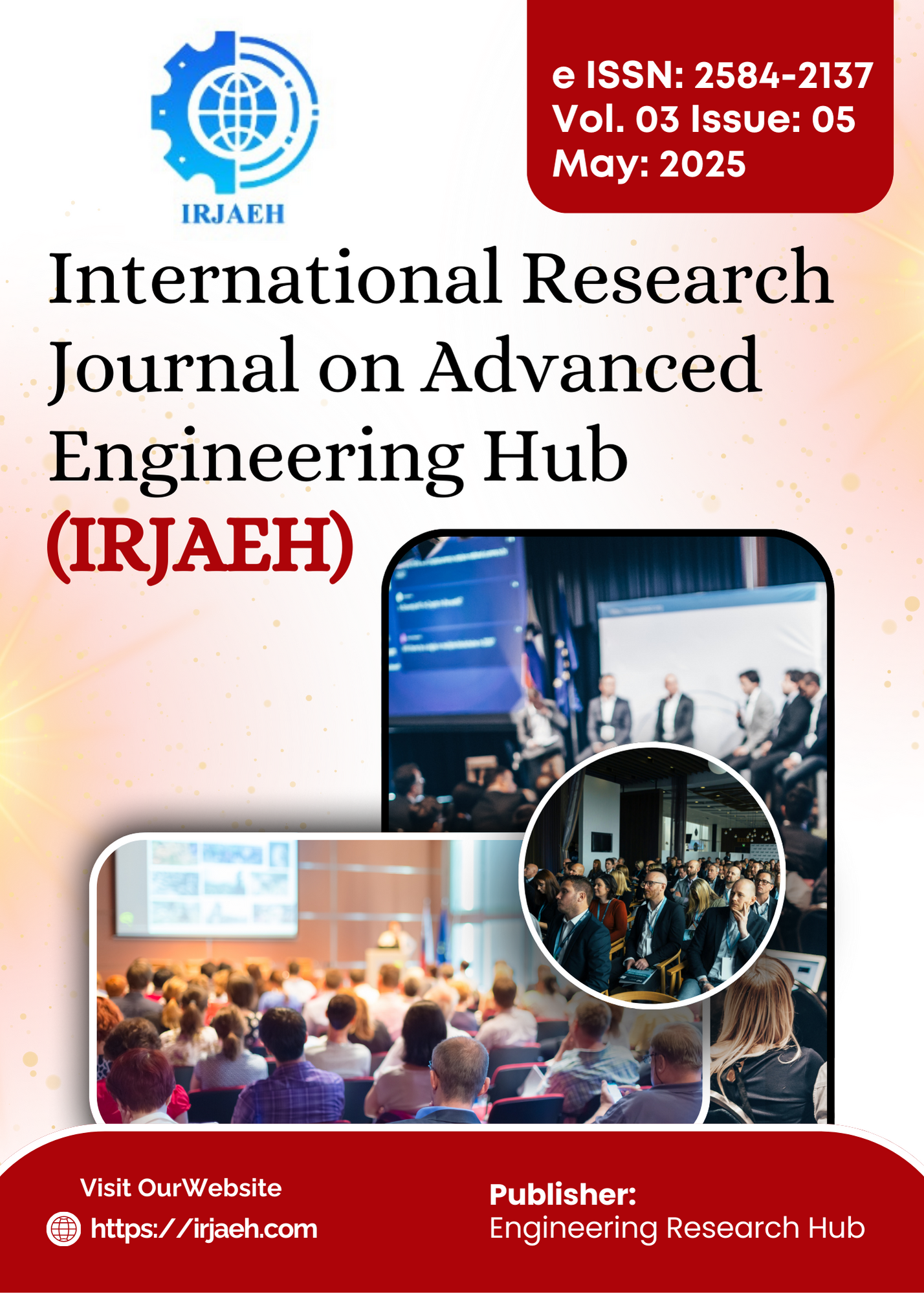A Least Absolute Shrinkage and Selection Operator Based Artificial Neural Network for Breast Cancer Identification
DOI:
https://doi.org/10.47392/IRJAEH.2025.0307Keywords:
Machine Learning, Breast Cancer, Feature Selection, Disease Identification, Medical InformationAbstract
Breast cancer remains one of the leading causes of mortality worldwide, underscoring the need for timely and accurate diagnosis to facilitate effective treatment. This study explores the application of machine learning based feature selection techniques to improve the identification of breast cancer using the Wisconsin Breast Cancer Dataset. The dataset comprises 569 instances and 32 attributes. After removing one non-informative attribute, the final dataset retained 30 features and one target label. The target variable, originally labeled as malignant or benign was converted into a binary format (1 for malignant and 0 for benign). To enhance model interpretability and reduce feature redundancy, three feature selection algorithms Relief, LASSO, and Fast Conditional Mutual Information (FCMIM) were employed to identify the most relevant features. An Artificial Neural Network (ANN) classifier was trained using the selected features to differentiate between malignant and benign cases. The model’s performance was evaluated using accuracy, sensitivity, specificity, and the Matthews Correlation Coefficient (MCC). The results demonstrate that feature selection significantly improves classification performance and computational efficiency. This framework underscores the potential of machine learning in oncology, offering a scalable and accurate solution for early breast cancer detection and enhanced diagnostic decision-making.
Downloads
Downloads
Published
Issue
Section
License
Copyright (c) 2025 International Research Journal on Advanced Engineering Hub (IRJAEH)

This work is licensed under a Creative Commons Attribution-NonCommercial 4.0 International License.

 .
. 